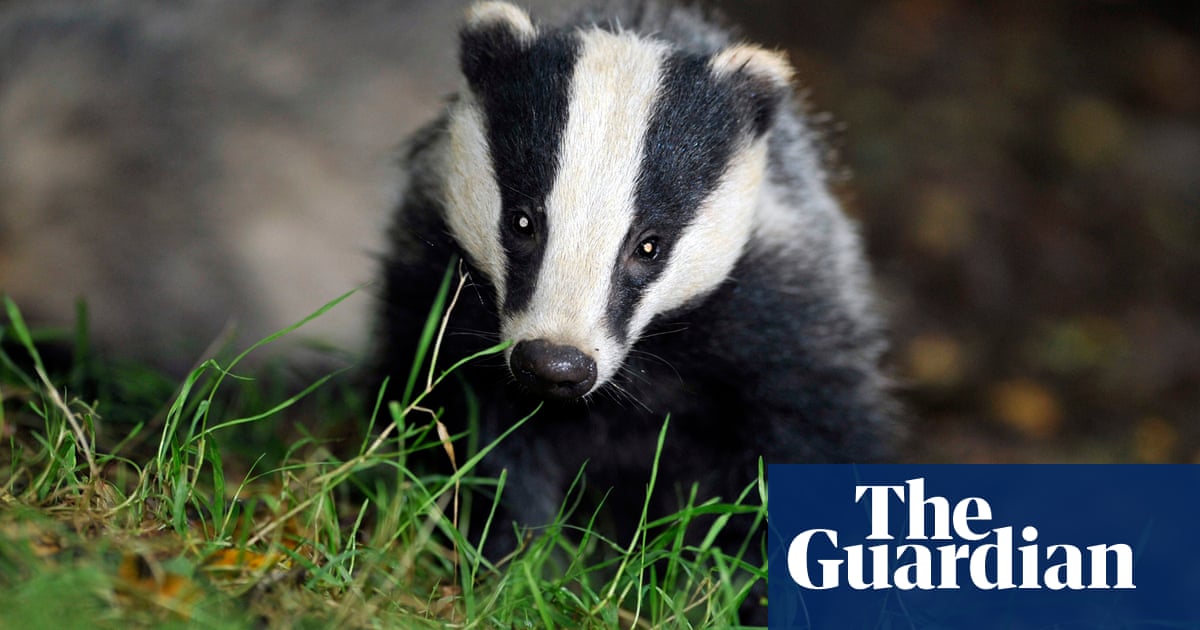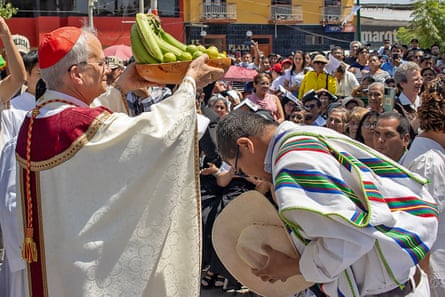
According to a report, implementing better methods of testing cattle, providing improved financial and mental health support for farmers, and vaccinating both cattle and badgers will be more successful in addressing bovine TB in cattle compared to culling badgers.
After a decade of culling badgers in England, which resulted in the death of 210,237 animals and a cost of £58.8m, the Badger Trust conducted a review of evidence. Despite these efforts, there has not been a noticeable decrease in bovine tuberculosis among cattle.
Each year, taxpayers are burdened with a cost of over £100 million due to the disease, resulting in the premature slaughter of 20,000 cows.
In 2021, the government made a pledge to halt intense badger culling by 2025. However, there are now plans to discuss implementing “epidemiological culling”. This involves culling every badger in a designated area based on epidemiological data.
The current method involves killing over 70% of the local badger population, rather than completely eradicating the population.
According to Peter Hambly, executive director of the Badger Trust, the badger is being unfairly blamed and serves as a distraction from the real issue. He believes that there needs to be more collaboration with farmers, as they require greater assistance in comprehending the dangers and methods of bTB transmission.
The primary methods for managing bTB involve implementing measures for cattle. In order to effectively address this issue, we require a stricter and more targeted approach, and the support of farmers, veterinarians, and the rural community. Limiting cattle movements, enhancing biosecurity measures, and implementing more effective testing and vaccination protocols for cattle will have the greatest impact on reducing bTB for the benefit of all involved.
In 1971, badgers were found to carry Bovine TB, but the spread of the disease among cattle in England increased after the foot and mouth outbreak in 2001, due to the movement of livestock to replenish farms. Scotland has been declared free of bTB.
In 2013, the government implemented badger culls in western England due to the belief that badgers were a source of the disease. However, this decision was made against the recommendation of scientists who conducted a thorough study and found that badger culling would not effectively decrease cattle TB.
The primary source of cattle TB is other cows. According to scientists, approximately 94% of infections are transmitted from one cow to another, while only 5.7% are transmitted from badgers to cows.
The skin test for bTB in cows is known to be highly unreliable as it fails to detect infections in 20-50% of infected animals in a herd, allowing the spread of undetected infections among the herd to persist.
After a decade of badger culling in England, there is still no agreement among scientists on whether it has effectively lowered the incidence of cattle TB.
Multiple research studies have concluded that culling has not had a beneficial effect. However, Defra reports that data indicates a decrease of about 56% in cattle TB rates across the initial 52 areas where badger culling occurred for four years.
This study has not yet undergone peer review and has not been published in a scientific journal. Prof David Macdonald from the University of Oxford reviewed this discovery and noted the lack of scientific control, ultimately stating, “The badger culling aspect may or may not be effective, and the analysis does not provide any further insight.”
Bypass the newsletter advertisement.
after newsletter promotion
In response to the Badger Trust report, Macdonald expressed that the issue of bovine TB is complex and filled with sadness for badgers, farmers, taxpayers, and those who have worked towards finding a solution. He stated that the amount of £58.8m used for badger culling in England has not produced any measurable results, but has instead added financial burden and discouraged farmers.
“He expressed a desire for a higher return on investment.”
A representative from Defra stated that their plan to eliminate bovine TB, which involves culling badgers, has resulted in a notable decrease in the spread of this harmful illness. They are now progressing to the next stage of their strategy, which includes vaccinating more badgers, enhancing cattle testing methods, and utilizing a vaccine for cattle, in order to further their efforts in eradicating this devastating disease.
A study conducted by the Badger Trust reveals that farmers continue to believe that badgers are the main source of the disease. The report shows that 85% of participants opposed ending the badger cull.
The main suggestions in the report advise the government to promptly implement the more precise Actiphage and Enferplex tests for detecting cattle TB. These tests are expected to increase the identification of cattle TB cases, so the report also recommends providing additional support for the mental well-being of farmers. Additionally, the report suggests improving financial aid and educational outreach to educate farmers about bTB epidemiology, in order to increase their understanding of the impact of cattle-to-cattle transmission.
The report also emphasizes the need for a strong determination to implement cattle vaccinations, which were previously predicted to be available in 10 years back in 2010. The government is currently conducting field trials for the vaccine and a method to distinguish between vaccinated and infected animals. According to sources from Defra, it is estimated that the vaccine will not be ready for use for several more years.
The Labour party promises to end the killing of badgers, but their plans for addressing cattle tuberculosis under a potential future government are uncertain.
Hambly stated: “The issue of bovine tuberculosis has been highly debated and emotionally charged. We believe that this report will help to bring us closer to finding a solution by involving all voices in the discussion. It is essential that we collaborate in order to reach a future where bTB is eliminated and both native wildlife and farming methods can coexist in a sustainable manner.”
Source: theguardian.com


















